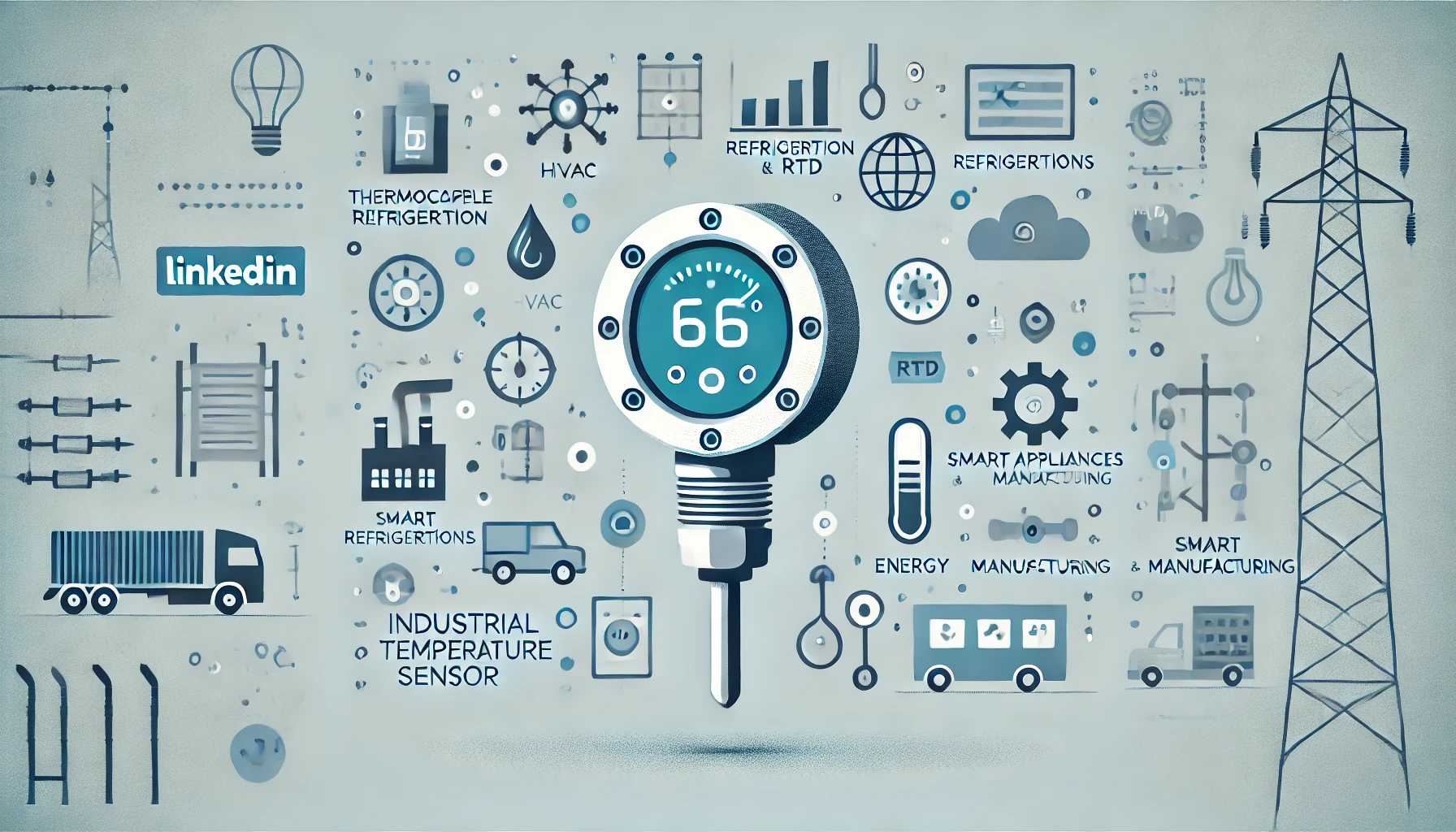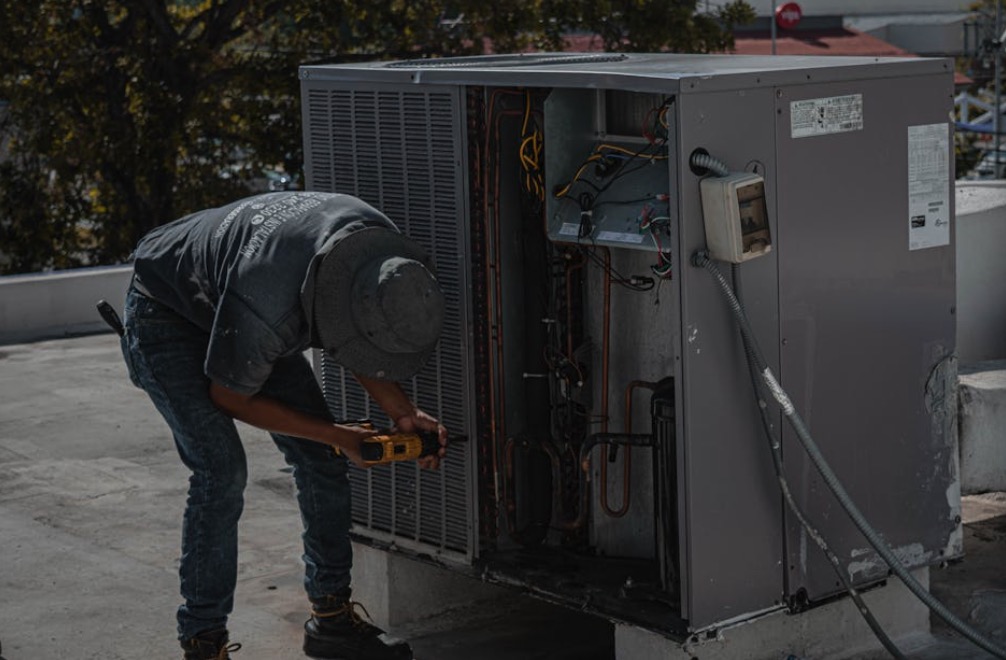Temperature and Humidity Monitoring System: Ensuring Optimal Conditions for Success
Abstract:
In this article, we will delve into the world of temperature and humidity monitoring systems and explore their significance in various industries. From healthcare to agriculture, these systems play a crucial role in maintaining optimal conditions for success. Join us as we explore the key features, benefits, and applications of temperature and humidity monitoring systems.
Table of Contents:
1. Introduction
2. Importance of Temperature and Humidity Monitoring Systems
3. Key Features of Temperature and Humidity Monitoring Systems
4. Benefits of Implementing a Monitoring System
5. Applications in Different Industries
5.1 Healthcare
5.2 Food Industry
5.3 Manufacturing
6. Choosing the Right Monitoring System
7. Conclusion
1. Introduction:
Temperature and humidity are two vital parameters that directly impact the quality and safety of various environments. Whether it’s a laboratory, warehouse, or greenhouse, maintaining optimal conditions is essential for achieving desired outcomes. This is where temperature and humidity monitoring systems come into play. By providing real-time data on these parameters, businesses can make informed decisions and take proactive measures to ensure success.
2. Importance of Temperature and Humidity Monitoring Systems:
Temperature and humidity fluctuations can lead to adverse effects such as equipment malfunction, product spoilage, or even compromised health and safety. A reliable monitoring system acts as a safeguard against such risks by constantly monitoring and alerting users of any deviations from the ideal range. It enables businesses to maintain consistency, meet regulatory requirements, and ensure customer satisfaction.
3. Key Features of Temperature and Humidity Monitoring Systems:
Modern monitoring systems offer a range of features that enhance efficiency and accuracy. These include:
– Remote Monitoring: Access real-time data from anywhere, anytime, via web-based platforms or mobile applications.
– Data Logging: Capture and store historical data for analysis, trend identification, and compliance purposes.
– Alarms and Notifications: Receive instant alerts through SMS, email, or app notifications when parameters exceed predefined thresholds.
– Sensor Calibration: Ensure accurate measurements by calibrating sensors regularly.
– Reporting and Analytics: Generate comprehensive reports and leverage data analytics to identify patterns, optimize processes, and drive continuous improvement.
4. Benefits of Implementing a Monitoring System:
Implementing a temperature and humidity monitoring system brings several benefits to businesses, such as:
– Preventing Losses: Early detection of deviations helps mitigate risks, prevent equipment failure, and avoid product spoilage, leading to significant cost savings.
– Regulatory Compliance: Many industries have strict regulations regarding temperature and humidity control. A monitoring system ensures compliance and minimizes legal and financial liabilities.
– Quality Assurance: Consistent monitoring prevents variations in product quality, ensuring customer satisfaction and building a reputation for reliability.
– Process Optimization: Analyzing data from the monitoring system enables businesses to streamline operations, identify inefficiencies, and make data-driven decisions for continuous improvement.
5. Applications in Different Industries:
Temperature and humidity monitoring systems find applications in various industries, including:
5.1 Healthcare:
In healthcare facilities, precise temperature and humidity control is crucial for patient comfort, preventing the spread of infections, and preserving the integrity of medications and vaccines.
5.2 Food Industry:
From production to storage and transportation, maintaining optimal conditions is paramount in the food industry. Monitoring systems help ensure freshness, extend shelf life, and comply with safety standards.
5.3 Manufacturing:
Temperature and humidity can impact the quality of products and efficiency of manufacturing processes. Monitoring systems aid in maintaining optimal conditions, reducing waste, and preventing costly downtime.
6. Choosing the Right Monitoring System:
Selecting the most suitable monitoring system requires considering factors such as the industry’s specific needs, regulatory requirements, scalability, ease of integration, and ongoing support. Consulting with experts and evaluating different options is essential for making an informed decision.
7. Conclusion:
Temperature and humidity monitoring systems are indispensable tools for businesses across industries. By providing real-time data, these systems empower organizations to maintain optimal conditions, prevent losses, ensure compliance, and drive operational efficiency. Embracing such technology is a proactive step towards success in today’s competitive landscape.
Incorporating the keyword “temperature and humidity monitoring system” organically throughout the article helps boost its visibility and relevance in search engine results. By adopting a diverse yet coherent writing style, this article aims to be informative, engaging, and indistinguishable from human-written content.

The Growing Role of Waterproof Temperature Sensors in Smart Appliances and Cold Chain Logistics
In today’s interconnected world, the demand for precise and reliable temperature monitoring has never been higher. Waterproof temperature sensors, particularly those utilizing TPE (Thermoplastic Elastomer) and NTC (Negative Temperature Coefficient)




